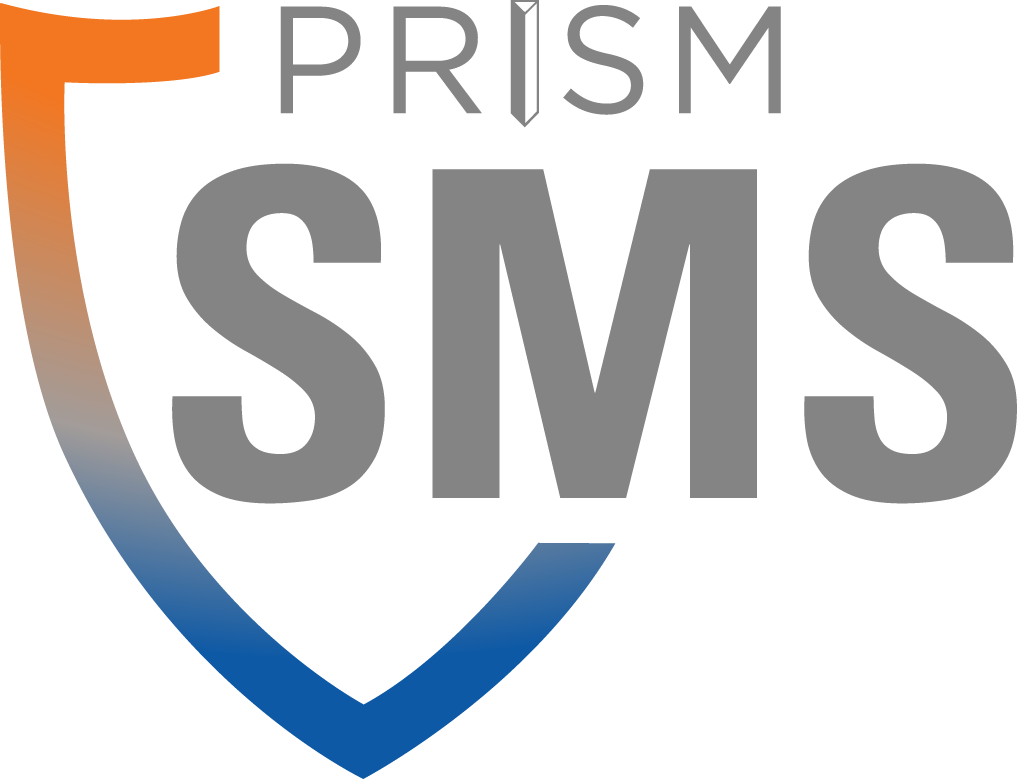These tutorials, presentations and handouts will help managers and employees navigate and learn how to use the PRISM SMS website on both desktop and mobile devices.
Scroll down this page to find helpful videos, documents and links divided into these sections:
Section One: Quick Start for All Users
Section Two: Reporting Program Tool (RPT)
Section Three: Flight Risk Assessment Tool (FRAT)
Section Four: Ground Risk Assessment Tool (GRAT)
Section Five: Safety Locker and Read & Sign
Section Six: Risk Matrix Tool (RMT)
Section Seven: Risk Assessment Tool (RAT)
Section Eight: Company Risk Profile (CRP)
Section Nine: Internal Evaluation Program (IEP)
Section Ten: Training Qualifications Tracker (TQT)
Section Eleven: Safety Materials & Training (SM&T)
Section Twelve: ARGUS Safety IQ Analytics
Section Thirteen: Using PRISM SMS on any Mobile Device
Section Fourteen: Offline Mode – for FRAT, GRAT and RPT Only
